How to Fix the FATAL_UNHANDLED_HARD_ERROR Bug Check 0x4C
This error can potentially point our hardware malfunctioning issues
4 min. read
Published on
Read our disclosure page to find out how can you help Windows Report sustain the editorial team. Read more
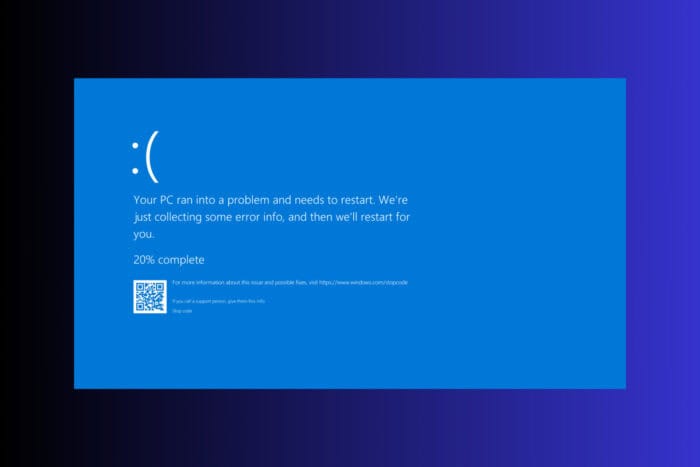
Encountering a FATAL_UNHANDLED_HARD_ERROR on your Windows system usually comes with the value of 0x0000004C. This error often signals deeper issues within your system, ranging from registry problems to software incompatibilities or even hardware failures. First, perform a physical inspection of the hardware components and check for any signs of overheating or malfunctioning coolers.
1. Scan the system for errors in Safe Mode
- Restart your computer and press F8 (or Shift + F8) before Windows starts loading.
- Select Safe Mode from the Advanced Boot Options menu.
- After the system reboots in Safe Mode, press Windows + R to open the Run dialog.
- Type cmd and press Ctrl + Shift + Enter to open Command Prompt as an administrator.
- In Command Prompt, type sfc /scannow and press Enter.
- Wait for the scan to complete and restart your PC normally to see if the FATAL_UNHANDLED_HARD_ERROR persists.
Scanning your system for corrupt files is the first thing you can do in this case. Fortunately, the system will get back to normal.
2. Restore your system to a previous state
- If your PC doesn’t boot normally, boot in Safe Mode, as instructed in the first 2 steps of the previous solution.
- After booting, press Win + R to open the Run console.
- Type rstrui.exe and press Enter to open System Restore.
- Pick a restore point that will bring your system to a previous state before this BSoD occurred and follow the prompts to restore your system.
Using System Restore will bring your system back in time, before the BSoD occurred. This also means that any software you installed after that point will be uninstalled.
3. Run Hardware Diagnostics
- Restart your PC and enter the BIOS/UEFI settings by pressing the appropriate key (usually F2, F10, Delete, or Esc).
- Navigate to the diagnostics or tools section.
- Run the built-in diagnostics for your hard drive and memory.
- However, you may also download and install dedicated hardware diagnostic tools that are more user-friendly and more precise in their assessments.
- Follow the instructions to run tests and check for hardware failures.
Running diagnostics can help identify hardware issues that might be causing the FATAL_UNHANDLED_HARD_ERROR, such as failing RAM or hard drives. If the software detects any problems with your hardware, try to install them on another PC and see if they behave the same.
4. Update or reinstall device drivers
- Press Windows + X and select Device Manager.
- Expand each category and see if any of them has a yellow exclamation mark next to it. Right-click on the device, then select Update driver.
- Choose Search automatically for drivers.
- If updating doesn’t work, you may need to uninstall and reinstall.
- Right-click on the device and select Uninstall device.
- Restart your computer, and Windows will attempt to reinstall the driver automatically.
Updating or reinstalling drivers ensures you are using the most stable and compatible versions, reducing the chance of encountering driver-related errors.
5. Use Driver Verifier
- Press Windows + R, type verifier, and press Enter.
- Select Create custom settings (for code developers) and click Next.
- Check the options for Standard settings and click Next.
- Select Automatically select unsigned drivers or Automatically select all drivers installed on this computer based on your needs.
- Click Finish to apply the settings and restart your computer.
Driver Verifier helps identify problematic drivers by stressing them, leading to a more accurate diagnosis of which drivers might be causing issues.
If all above fails, you can perform a clean Windows 11 reinstallation, or contact Microsoft Support for assisted troubleshooting.
By following these steps, you can tackle the FATAL_UNHANDLED_HARD_ERROR effectively. To prevent future occurrences, regularly update your drivers and run system diagnostics to catch potential issues early.
As our guide on the causes of BSoD errors brings up, these bug checks often point out hardware errors so it’s not recommended to ignore them. We also recommend checking the crash logs to get more data you can provide to professionals.
You may also leave any questions you have in the comments below if you encounter any problems with this guide.
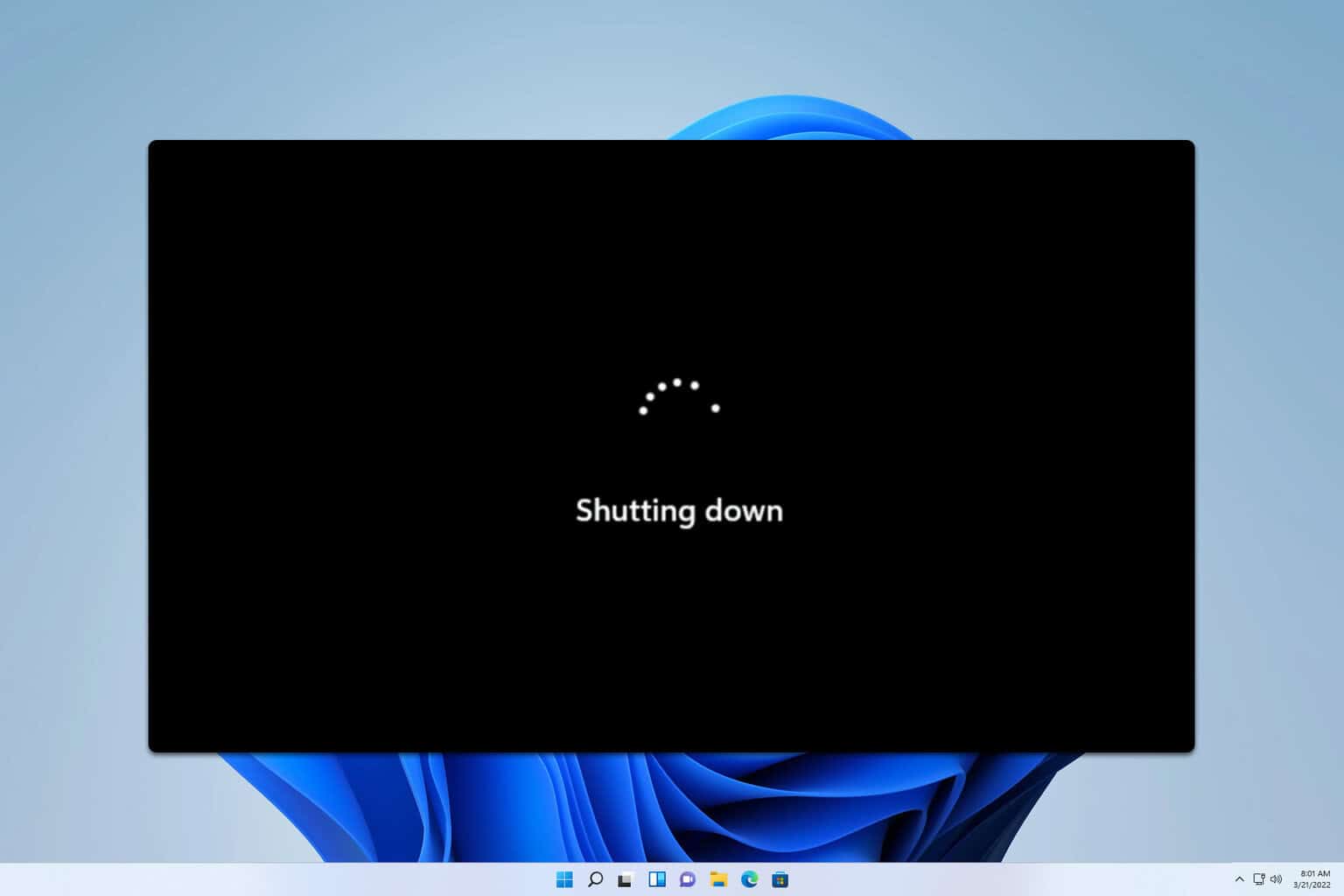



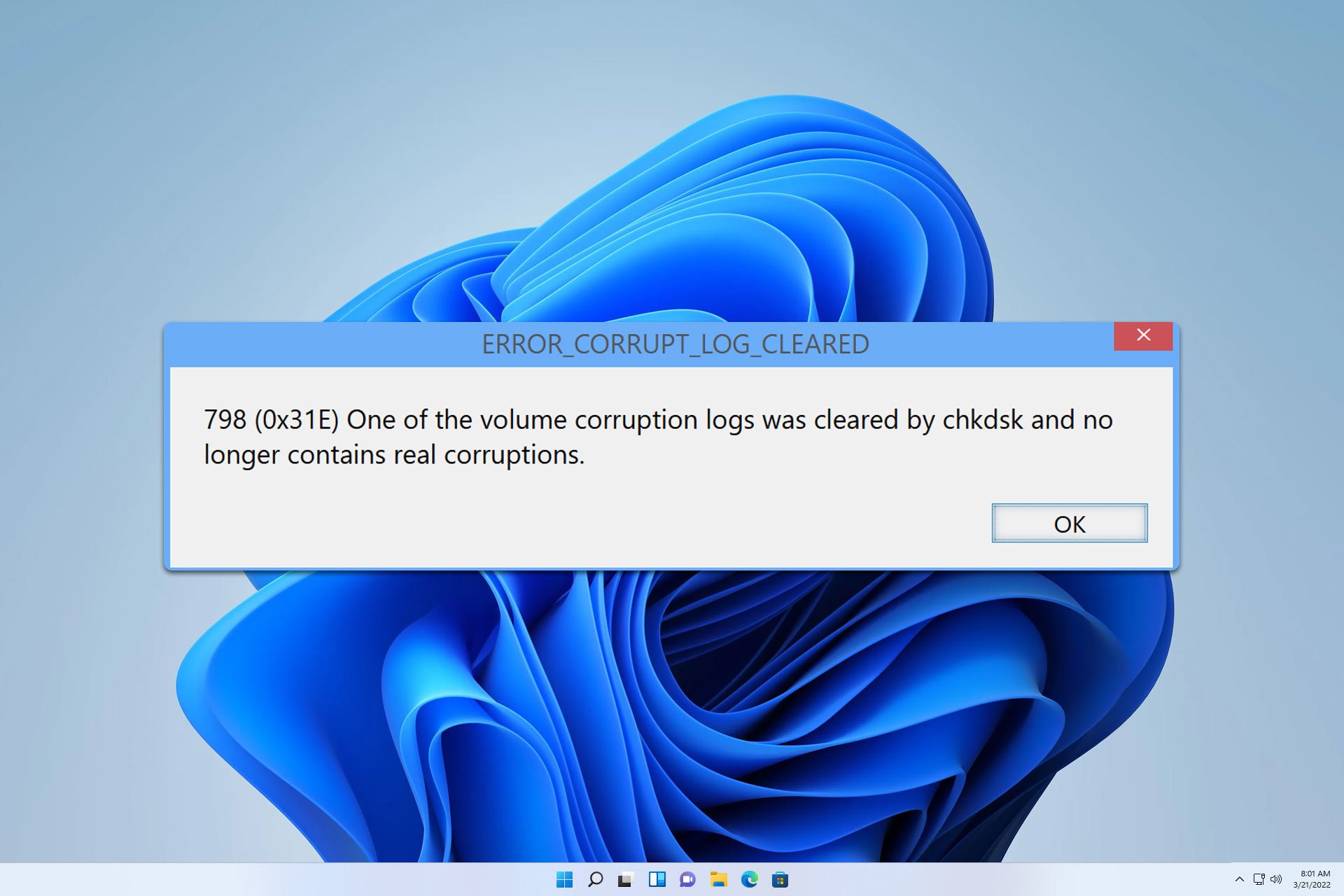

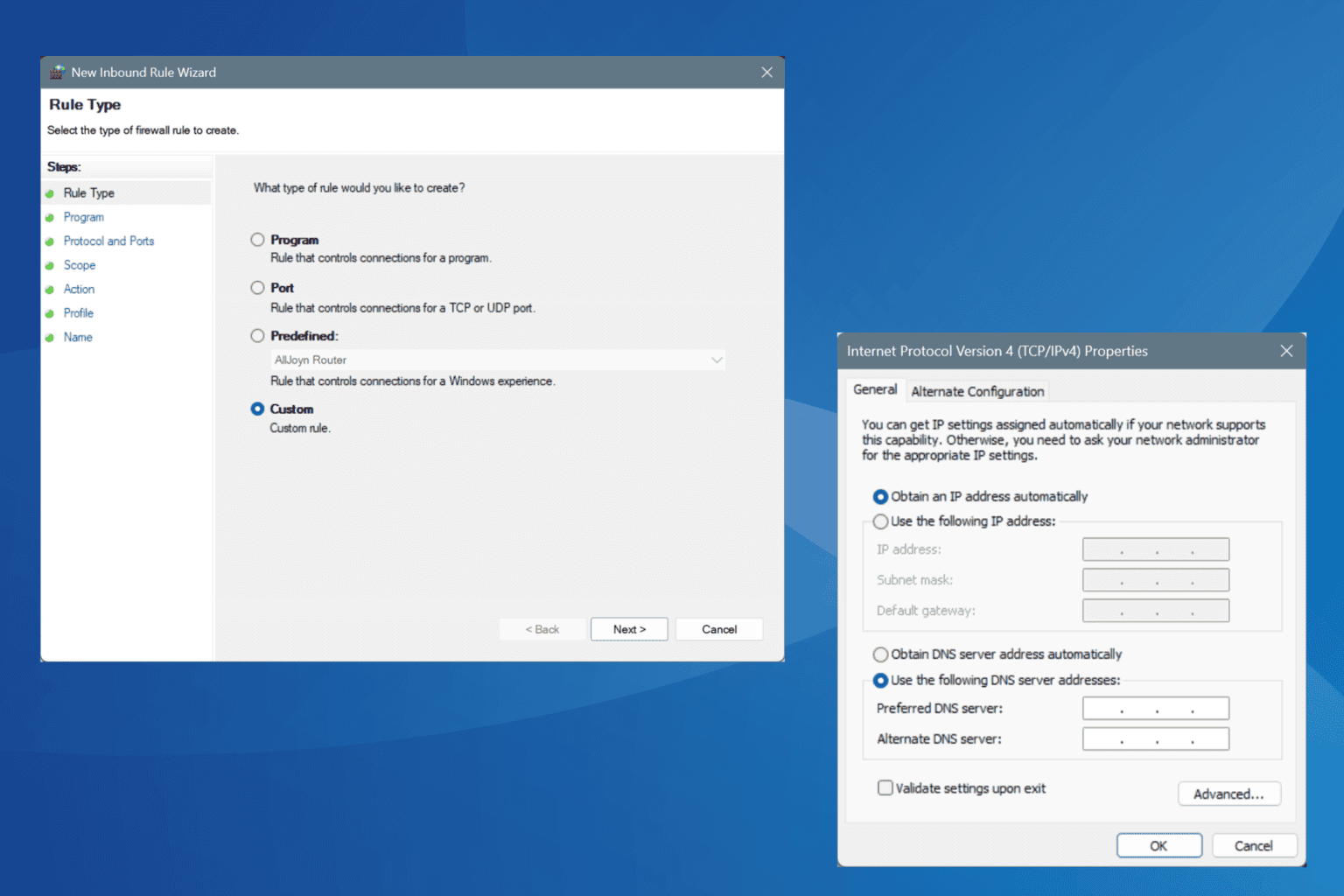
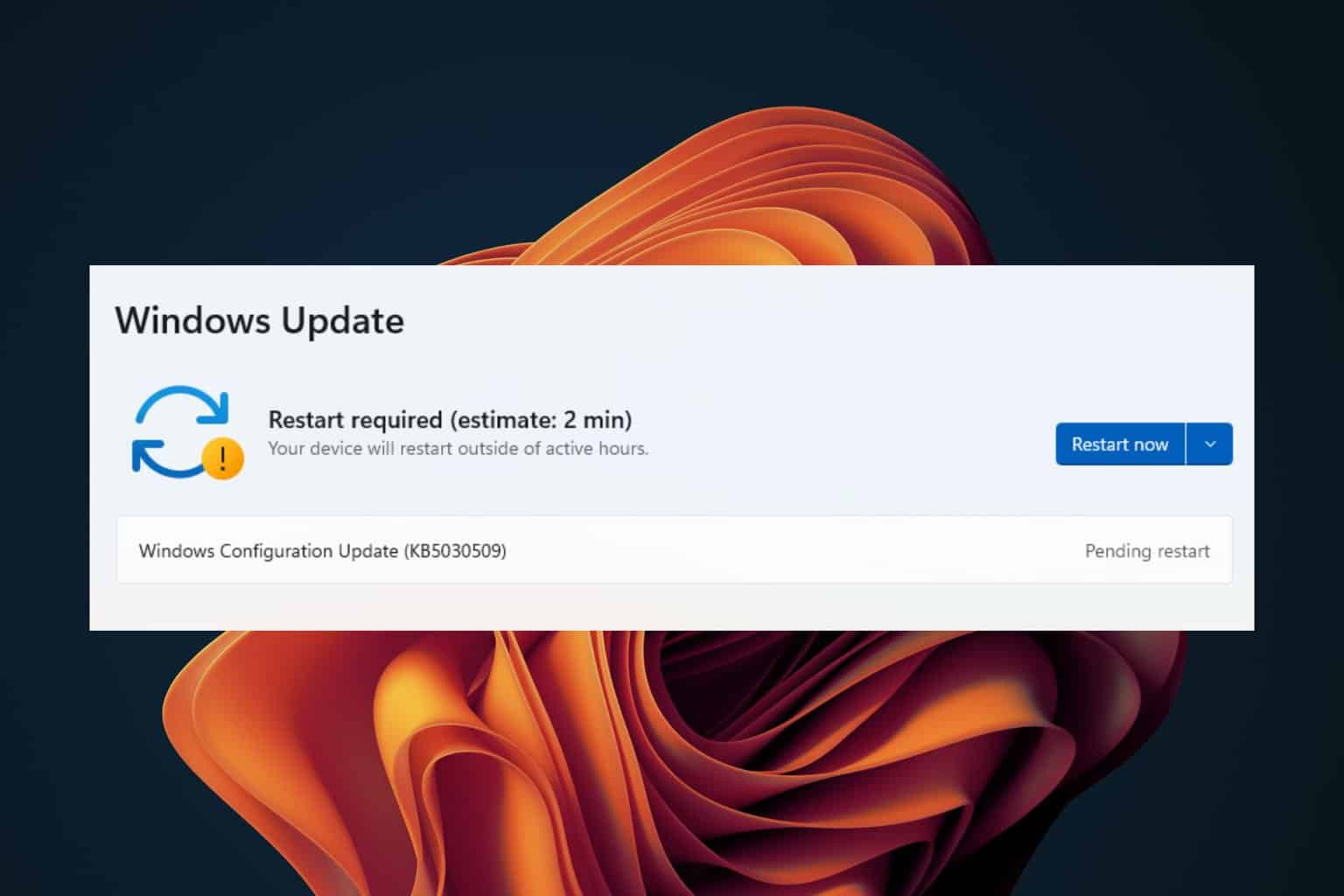
User forum
0 messages